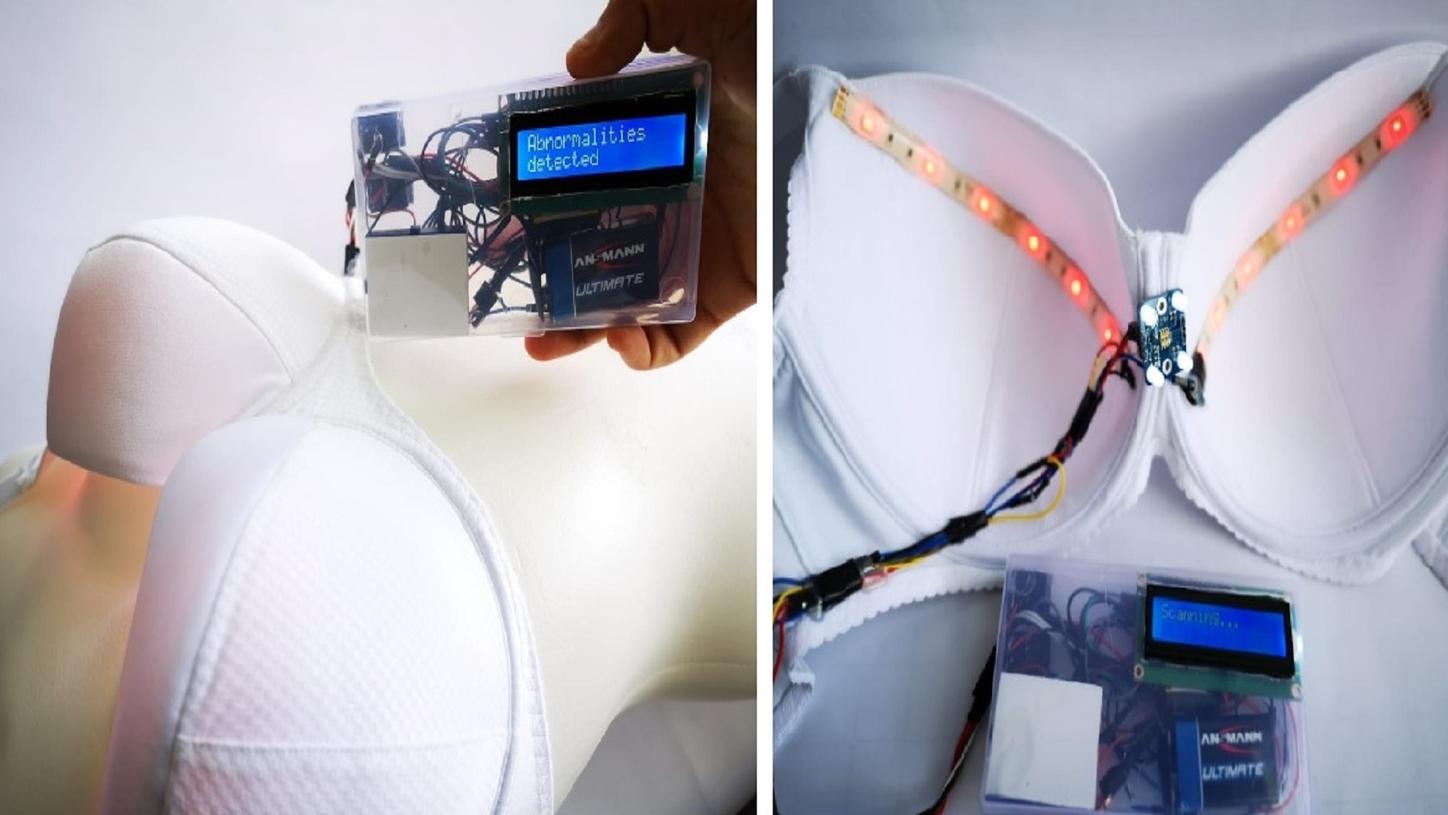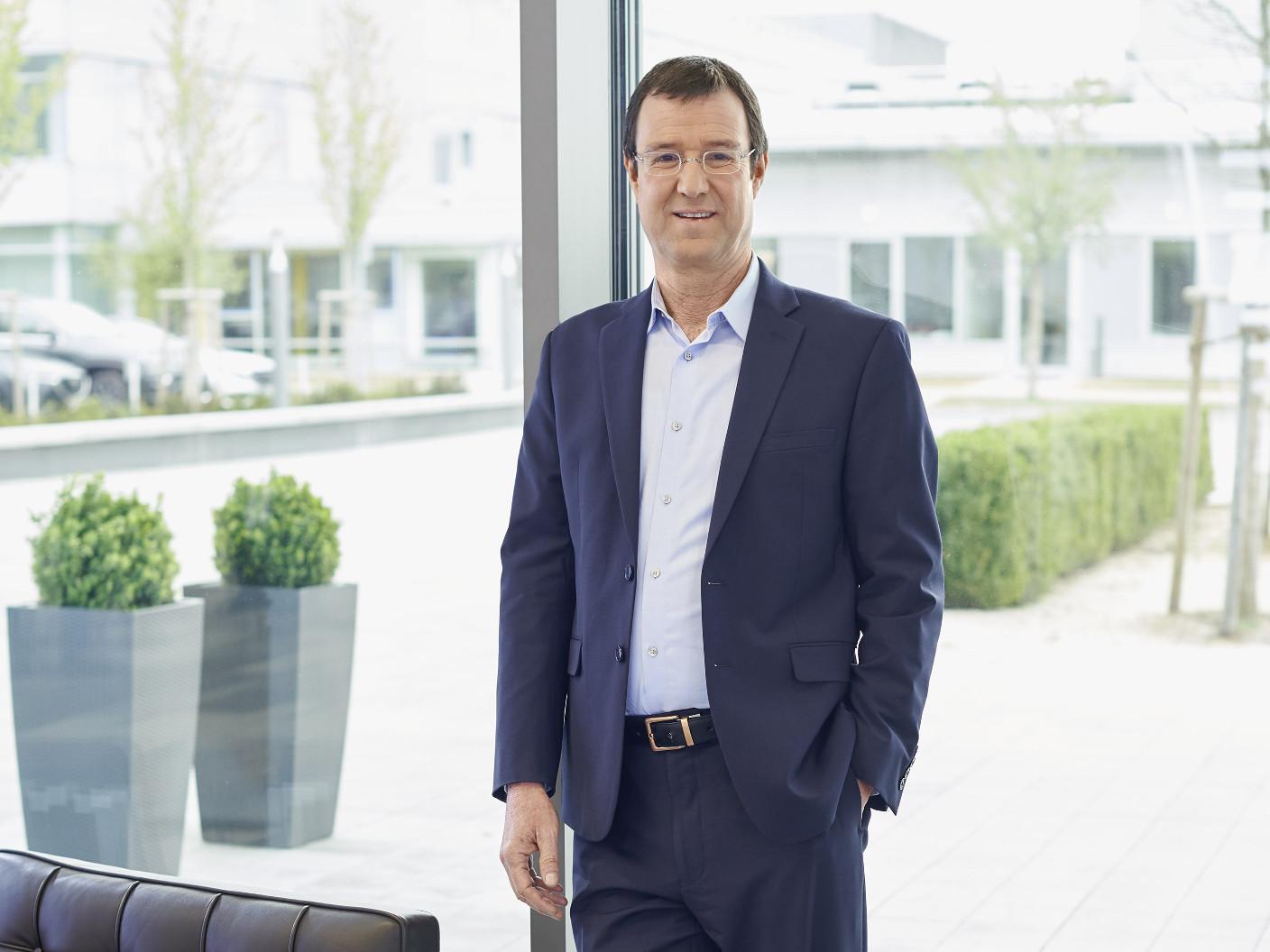Impressions from the eITT Exhibition 2019
Twelve diseases that afflict mankind
It begins with unborn children: how can expectant mothers reduce their child’s risk of disease? How can we improve the diagnosis, treatment and the handling of breast cancer, for example? The “Innovation Think Tank” (ITT) has for the first time developed complex treatment plans for twelve diseases which pose the biggest risk to mankind. The core idea: technological innovation. Some treatment plans were presented internationally at the annual external ITT Exhibition on July 11, 2019.
One in eight women will develop breast cancer in their lifetime. According to the WHO, it is estimated that 627,000 women died from breast cancer in 2018 – that is approximately 15% of all cancer deaths among women. For the patients themselves and their social circle the disease is tragic and traumatic, much the same as many other sometimes fatal diseases. “We want to change that. That's why at ITT we’re analyzing the most difficult points in the treatment paths of the deadliest and most costly diseases over the entire life and disease cycle of humans. This begins in the womb and ends with aftercare,” explains Sultan Haider, founder and head of ITT at Healthineers at this year's Innovation Think Tank exhibition (eITT 2019) in Erlangen.
Basis for joint research and development
He addressed the 130 participants from around 40 international organizations: “We are aware of the problems with the prevention, diagnosis, treatment and aftercare of diseases like breast cancer. Action must be taken, and that’s exactly what we are doing: our response is technological innovations which will help patients, doctors and others involved to prevent the disease or to halt its progress. The technology is available! The important thing now is that all of us - technology companies and start-ups, research institutes and universities - work together to make it operational.” The health system is also groaning under the weight of the worst diseases, says Haider, so much of it is also about reducing the financial burden along the whole treatment pathway. Again, new technologies are the key here.
How do technological innovations help?
They are designed to save time, and therefore money, improve the patient experience and enable access to important information for the doctors, hospital administration or governmental bodies. Specifically, it is about three fields of technology: digital technologies, such as the Internet of Medical Things (IoMT), the 5G mobile communication standard, artificial intelligence or Blockchain which we are combining in the treatment pathways with automated solutions – focusing here on robotics and sensors – and clinical innovations such as new diagnostic methods, digital pathology or minimally invasive procedures for example.
Which diseases are being looked at?
Haider’s ITT team have identified twelve diseases whose global burden – both social and economic – is particularly high:

1. Lung Cancer; 2. Breast Cancer; 3. Leukemia; 4. Chronic Obstructive Pulmonary Disease (COPD); 5. Tuberculosis (TB); 6. Multiple Sclerosis (MS); 7. Alzheimer’s Disease; 8. Parkinson’s Disease; 9. Coronary Artery Disease; 10. Stroke; 11. Diabetes; 12. Traumatic Injuries
Around 150 employees in different ITT teams around the world have already been working for several years to build an enormous and broad database of these diseases. The data comes from, among sources, health organizations and scientific journals. In order to develop the matrix-like, highly complex treatment pathways they followed the life and the progression of the patient with all the different interfaces to their social and medical environment.
“And we’re not just focusing on the time when medical care would usually start, but going back to the very beginning, before somebody who may later become a patient has even been born. Because this is where we lay the foundation for our health.”

What does a treatment pathway look like?
Working prototype of a portable ultrasound device for remote diagnosis.
Each treatment pathway includes predefined stations through which the patient moves. In the case of breast cancer, for example, these are: prenatal, prevention, symptoms, diagnosis, rehabilitation and outpatient care, which includes reintegration into everyday life after inpatient cancer treatment.
“We carefully defined each individual station, from the risk factors for a fetus, through screening and other prevention measures to monitoring progress and the most difficult points.”

One example:
- The situation: A patient can sense changes in her breast.
- Points of difficulty: She does not go to a regular check, perhaps because she is worried about the somewhat uncomfortable situation during the examination or the examination itself.
- Possible solutions: An app (digital innovation) reminds her to get her breasts examined. She receives a portable ultrasound device (clinical innovation) for remote diagnosis, which instructs the patient on how to screen her breast herself at home. In addition, if the woman has difficulty detecting changes in her breast an intelligent sensor-equipped bra (digital innovation) could also help her.
The audience are appreciative of ITT's extensive analysis and treatment pathways. Peter Schardt, Chief Technology Officer and responsible for the Technology & Innovation (TI) organization, to which ITT also belongs, is impressed:
“The treatment pathways provide the unique basis for a comprehensive collaboration that will benefit all of us and the patient. As a technology supplier, for example, we can gain valuable information through a mutual, open exchange in order to adapt our products and solutions to the requirements of our customers.”
"Through its global infrastructure, deep data analytics, workshops and ultimately events like the one today, the ITT creates an innovation-friendly environment and a sheer inexhaustible knowledge pool that we should all use. Thanks very much to the ITT team!”
“With jointly defined goals, we can succeed in showing the 'big picture' of a disease, in which experts with very different skillsets can participate. It's great to work with such a dedicated and global team to figure out the key challenges and work together to find a solution.”
Here you can find an example of a care plan – breast cancer: Download PDF
For more and detailed information about the disease and projects please feel free to contact us:
innovationthinktank.team@siemens-healthineers.com














